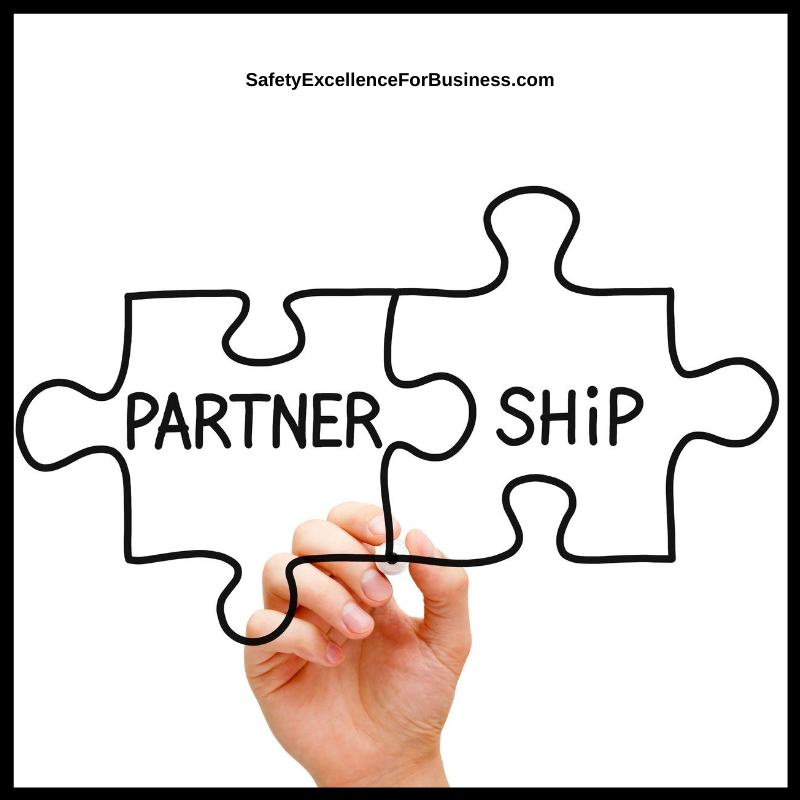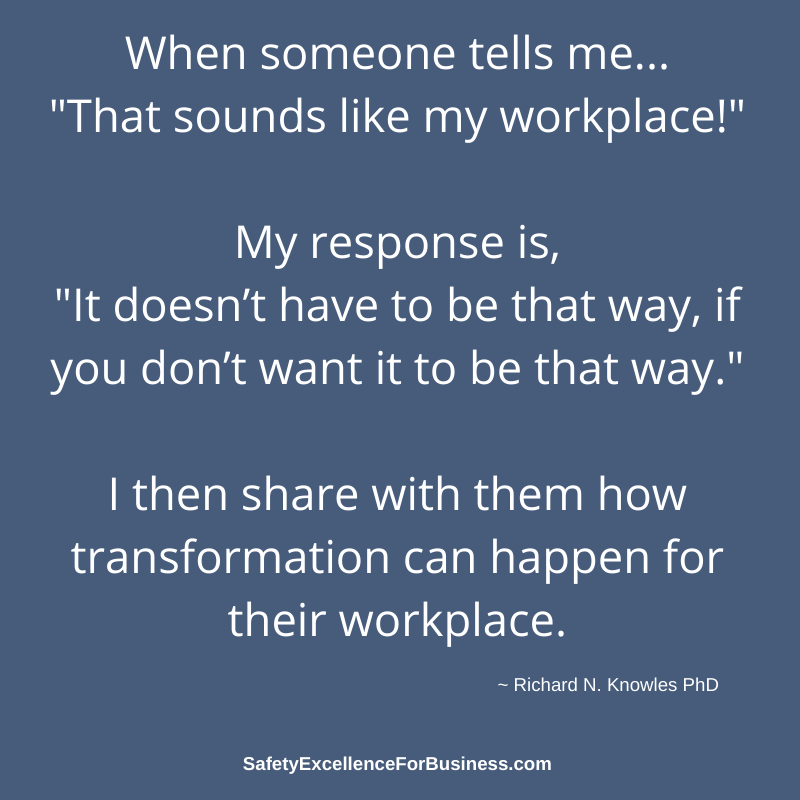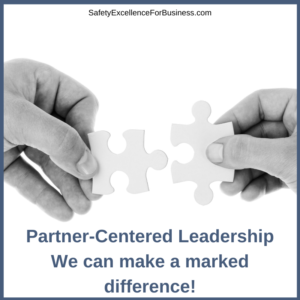A 19-Year Case Study
On Tuesday, August 18, 2020, from 4:15 to 4:45 PM, I will be making a virtual presentation at the AiCHE 16th Global Congress on Process Safety. The paper is a 19-year case study demonstrating a successful plant leadership transition that improved process safety performance.
 When I was transferred to the DuPont Belle, West Virginia plant in 1987, the Total Recordable Injury Case Rate (TRC) was about 5.8 and emissions to air, water and ground, as reported in the EPA Toxic Release Inventory (TRI) annual report, was over 6,000,000 pounds/year. Within three years, both of these had dropped by about 95% to a TRC of about 0.3 and a TRI of about 275,000 pounds/year. Emissions to the environment is one way to measure how well the process safety is working; the better the process safety work, the lower the emissions to the environment.
When I was transferred to the DuPont Belle, West Virginia plant in 1987, the Total Recordable Injury Case Rate (TRC) was about 5.8 and emissions to air, water and ground, as reported in the EPA Toxic Release Inventory (TRI) annual report, was over 6,000,000 pounds/year. Within three years, both of these had dropped by about 95% to a TRC of about 0.3 and a TRI of about 275,000 pounds/year. Emissions to the environment is one way to measure how well the process safety is working; the better the process safety work, the lower the emissions to the environment.
I was using a highly, participative leadership process I called Partner-Centered Leadership for Occupational Injuries and Health, as well as for Process Safety; this was a highly integrated process with just about everyone involved, and consciously working together to make our plant safer and have less impact on the environment. When I was transferred by DuPont in 1995 and replaced by a traditional plant manager using a top-down driven management process, things changed.
The process safety work was pulled away from the occupational safety and health effort and taken over by the managers. The occupational safety and health work continued to be led by the first and second level supervisors using the Partner-Centered Leadership approach. The highly participative leadership approach and the top-down management approach were running in parallel (the same business conditions, the same regulatory pressures, the same people, the same community). The occupational safety and health performance stayed at a rate of 0.3 or better for the next 15 years.
But the five different plant managers who came in during that period gradually cut back the process safety management resources and effort. They cut back on the manpower, allowed work-orders to pile up, stretched out the inspection intervals, ignored feedback from the operators and mechanics about the deteriorating conditions, etc. The TRI emissions rose by about ten-fold to over 2,500,000 pounds/year.
 The process safety management collapsed in January of 2010 with major, accidental releases to the air and river and they had a man get killed with a phosgene release. When the US Chemical Safety Board investigated in late 2010, they reported that while the occupational safety and health performance was the best in the DuPont Company, the process safety management had fallen apart and the plant was not even using the DuPont standard procedures. This was a sad commentary about how far things had fallen.
The process safety management collapsed in January of 2010 with major, accidental releases to the air and river and they had a man get killed with a phosgene release. When the US Chemical Safety Board investigated in late 2010, they reported that while the occupational safety and health performance was the best in the DuPont Company, the process safety management had fallen apart and the plant was not even using the DuPont standard procedures. This was a sad commentary about how far things had fallen.
This 19-year case study clearly shows that a highly participative leadership process produces much better results that the top-down management process.
An Online Course Offering
Beginning August 24th, I will be presenting a six-week course on Leadership and Using the Process Enneagram©. The Process Enneagram© was a key leadership tool I used when I was at Belle. I have used this tool successfully around the world with people in all sorts of organizations and businesses in the 25 years since I retired from DuPont. Wherever I have used it in my consulting, safety and total performance has improved.
This Online course is the first in a series to teach about leading and using the Process Enneagram©.
 Artificial intelligence and robots, block chains and bitcoins, the opioid epidemic, political strife, and workplace violence, international worries and potential conflicts are some of the challenges facing all of us. There is a critical need for people, in all walks of life, to come together to openly and honestly talk about our challenges, share our thinking and learn together. We do not have to be blindly swept along. We can make decisions and do the things that we need to do to help to make the world a better place.
Artificial intelligence and robots, block chains and bitcoins, the opioid epidemic, political strife, and workplace violence, international worries and potential conflicts are some of the challenges facing all of us. There is a critical need for people, in all walks of life, to come together to openly and honestly talk about our challenges, share our thinking and learn together. We do not have to be blindly swept along. We can make decisions and do the things that we need to do to help to make the world a better place. When I talk about safety. my thinking goes well beyond the traditional safety numbers, training and procedures. It includes ideas about respect and how everyone has agreed to work together. It includes ideas about personal responsibility, integrity and dedication to helping everyone improve. It includes openness, honesty and sharing information abundantly. It includes ideas about the deeper, often hidden patterns of behavior which have a profound impact on the work environment and drive much of the behavior. It includes the fact that the managers and leaders have the largest impact on their organization’s performance. It includes the understanding that managers focus on reliability, stability, predictability and control as they try to maintain the status quo and that leaders focus on the people, change and the future sharing information abundantly, treating people with respect and helping people find meaning in their work. Both good leaders and managers are needed.
When I talk about safety. my thinking goes well beyond the traditional safety numbers, training and procedures. It includes ideas about respect and how everyone has agreed to work together. It includes ideas about personal responsibility, integrity and dedication to helping everyone improve. It includes openness, honesty and sharing information abundantly. It includes ideas about the deeper, often hidden patterns of behavior which have a profound impact on the work environment and drive much of the behavior. It includes the fact that the managers and leaders have the largest impact on their organization’s performance. It includes the understanding that managers focus on reliability, stability, predictability and control as they try to maintain the status quo and that leaders focus on the people, change and the future sharing information abundantly, treating people with respect and helping people find meaning in their work. Both good leaders and managers are needed. We know that it can, and we prove it over and over again, as we work with leaders, their teams, and their businesses.
We know that it can, and we prove it over and over again, as we work with leaders, their teams, and their businesses. Partner-Centered Safety is a robust, proven way to bring people together to achieve sustainable levels of safety excellence being based on deeply held beliefs and values.
Partner-Centered Safety is a robust, proven way to bring people together to achieve sustainable levels of safety excellence being based on deeply held beliefs and values.




